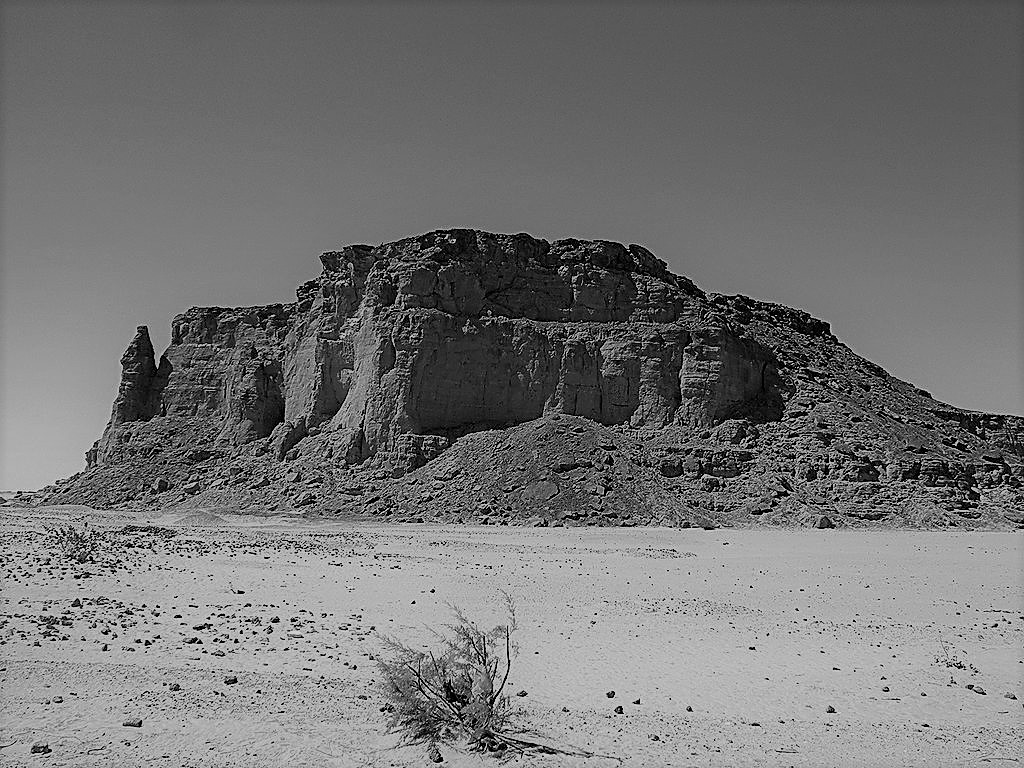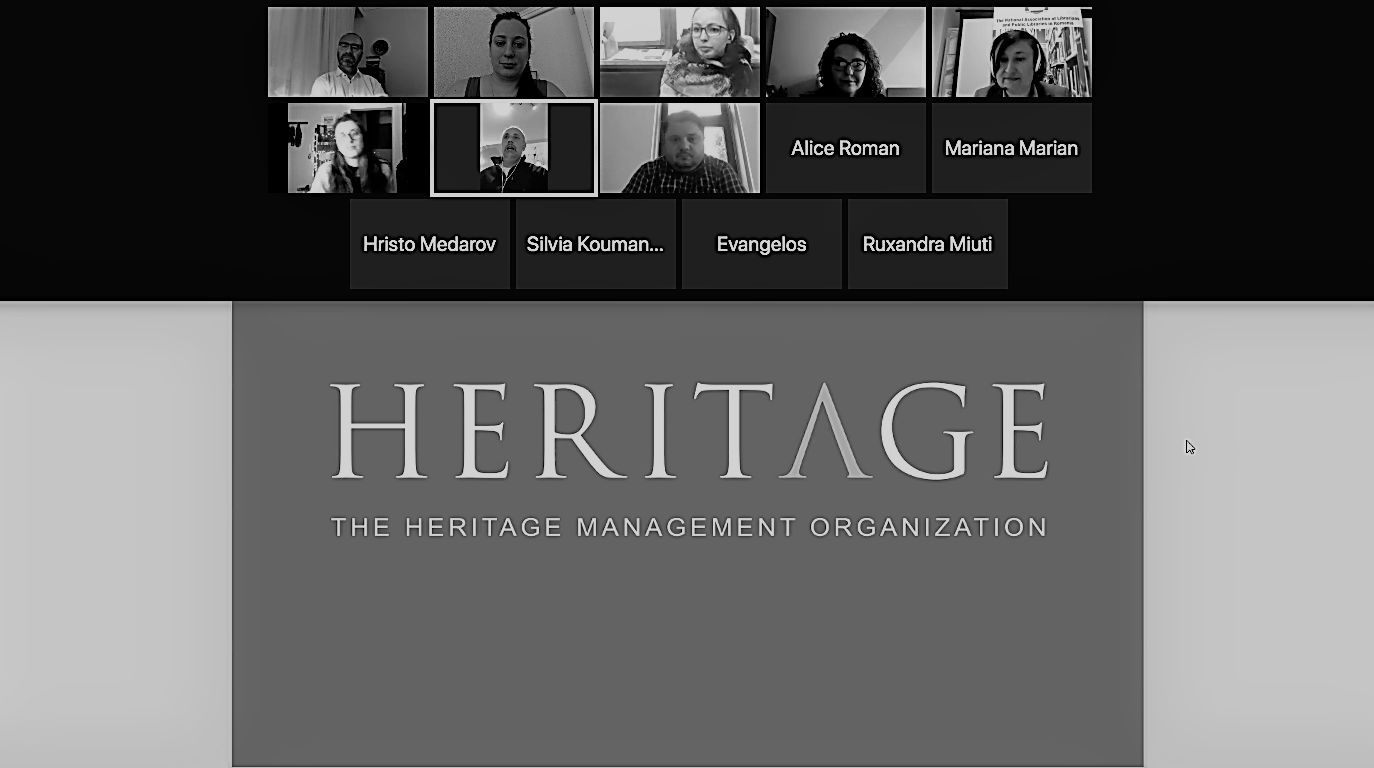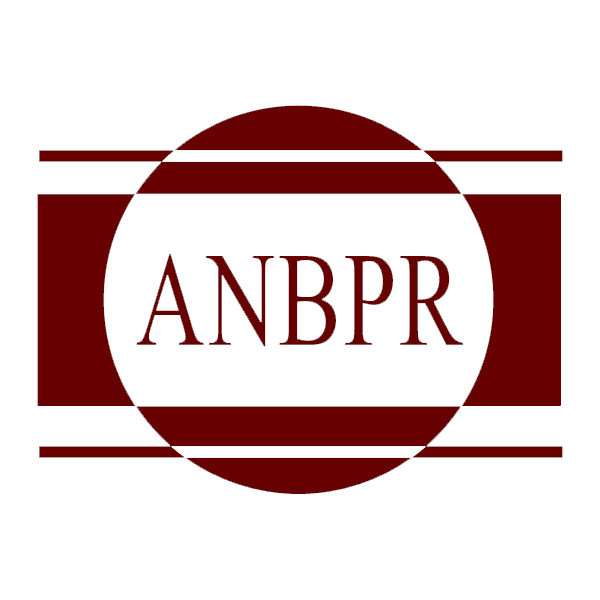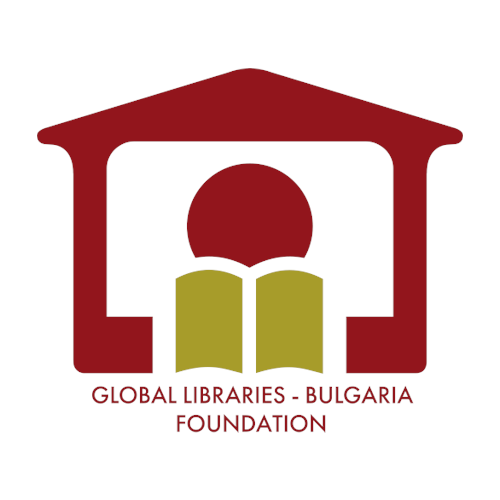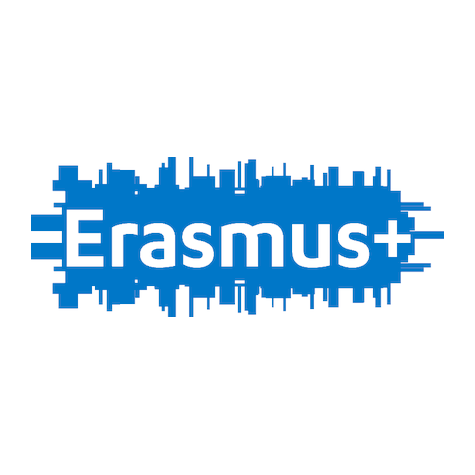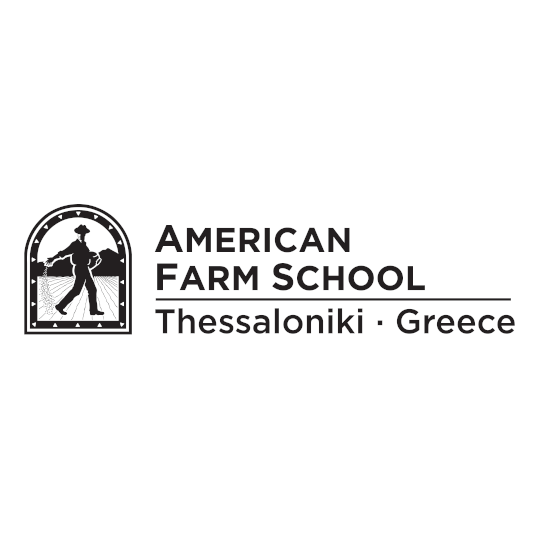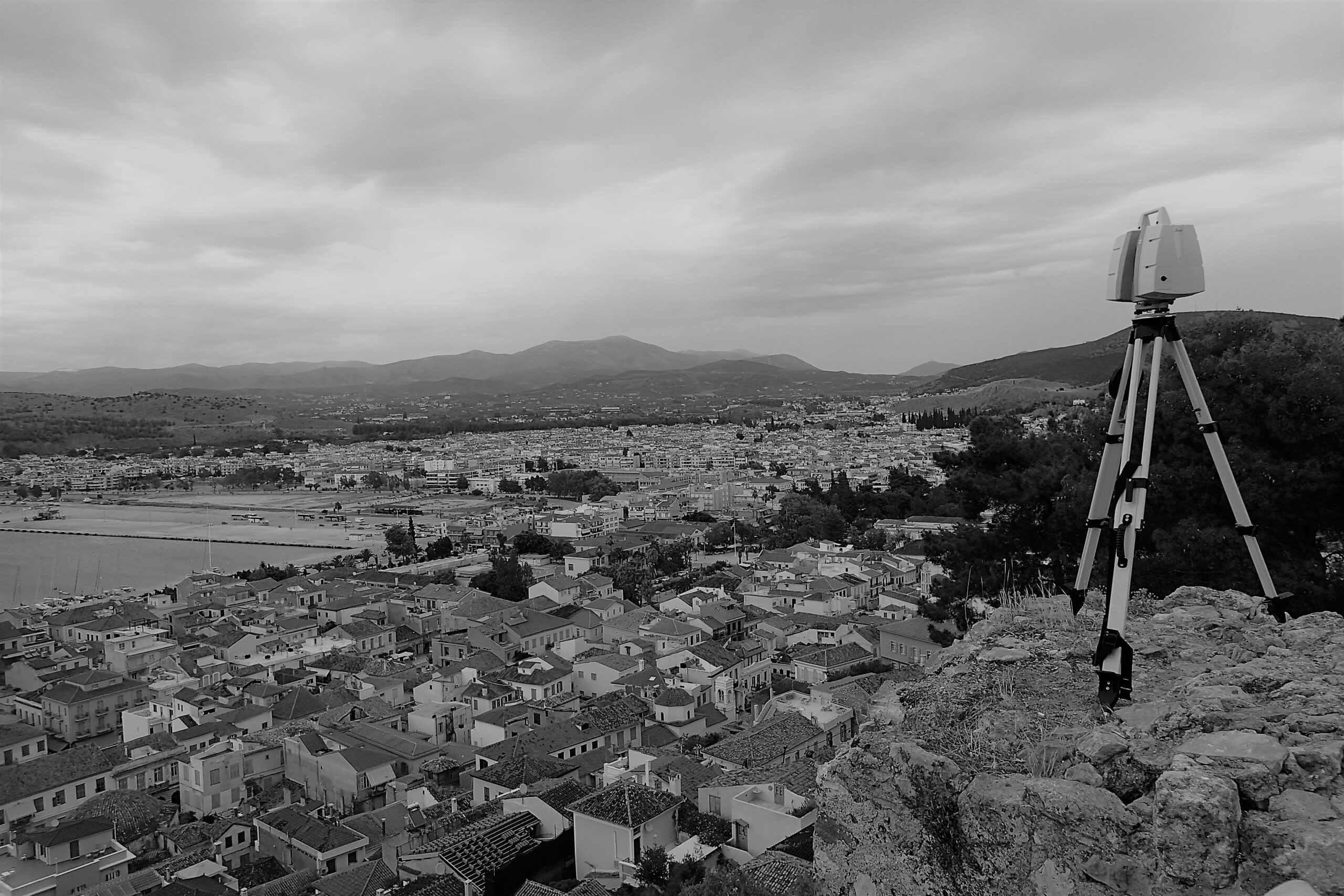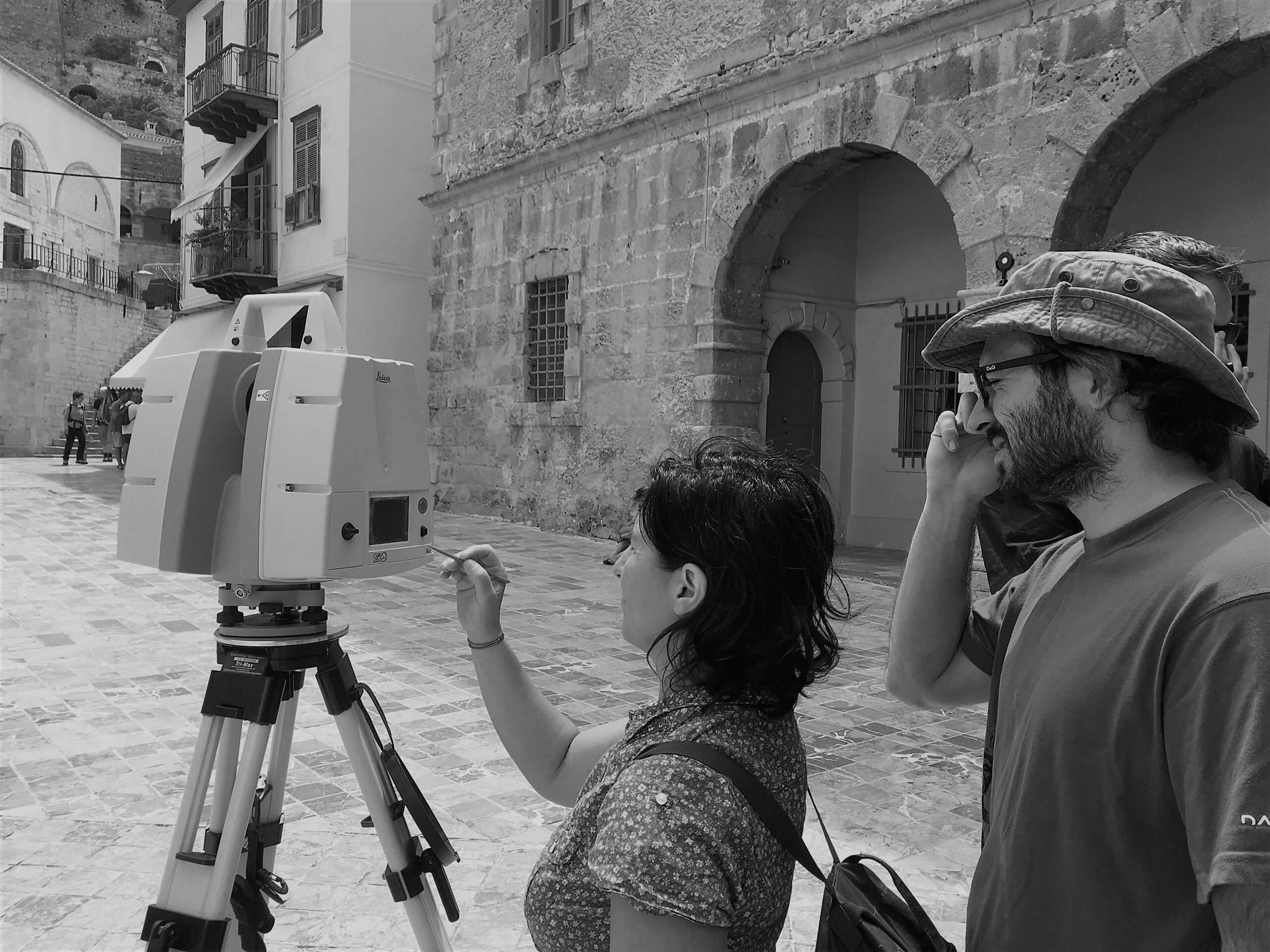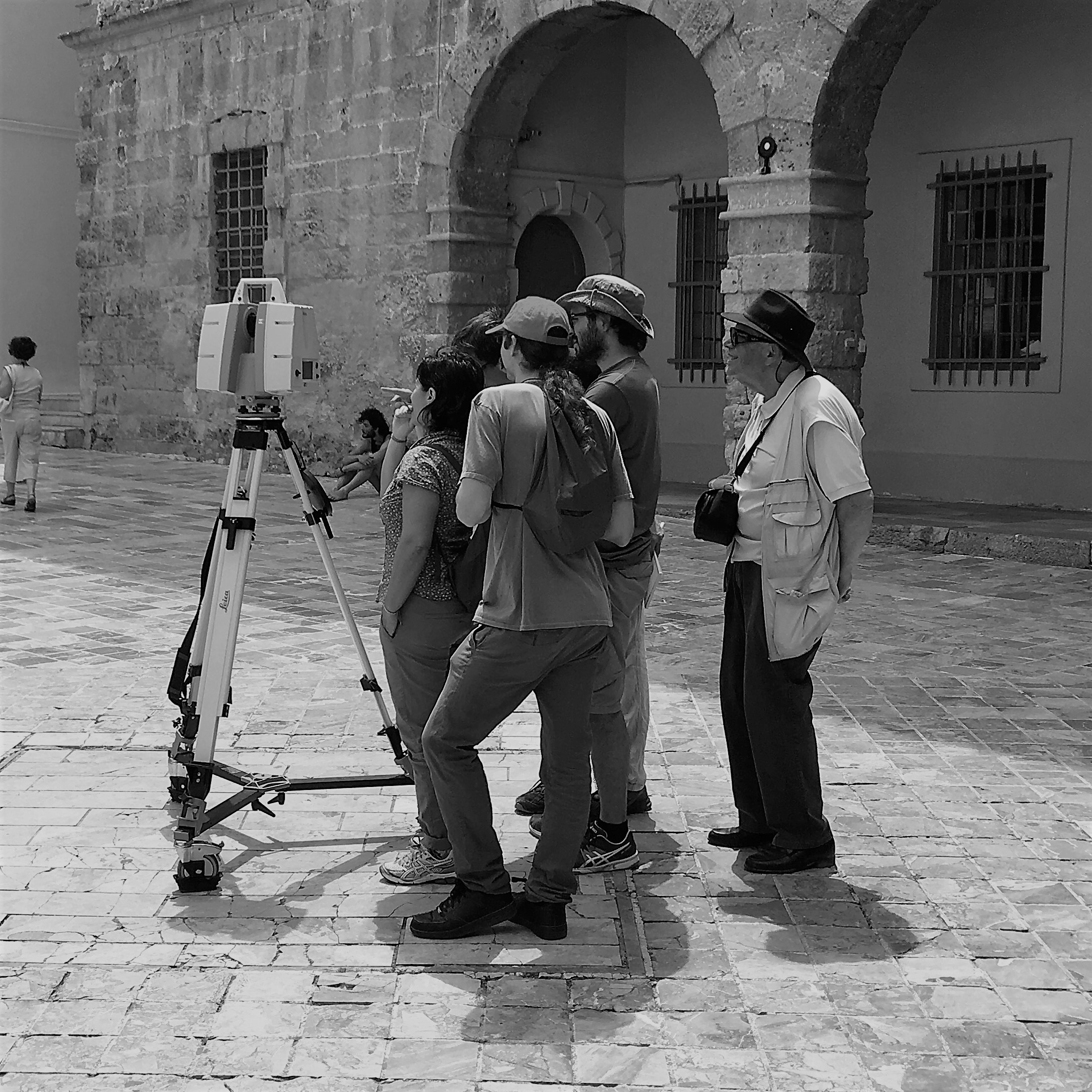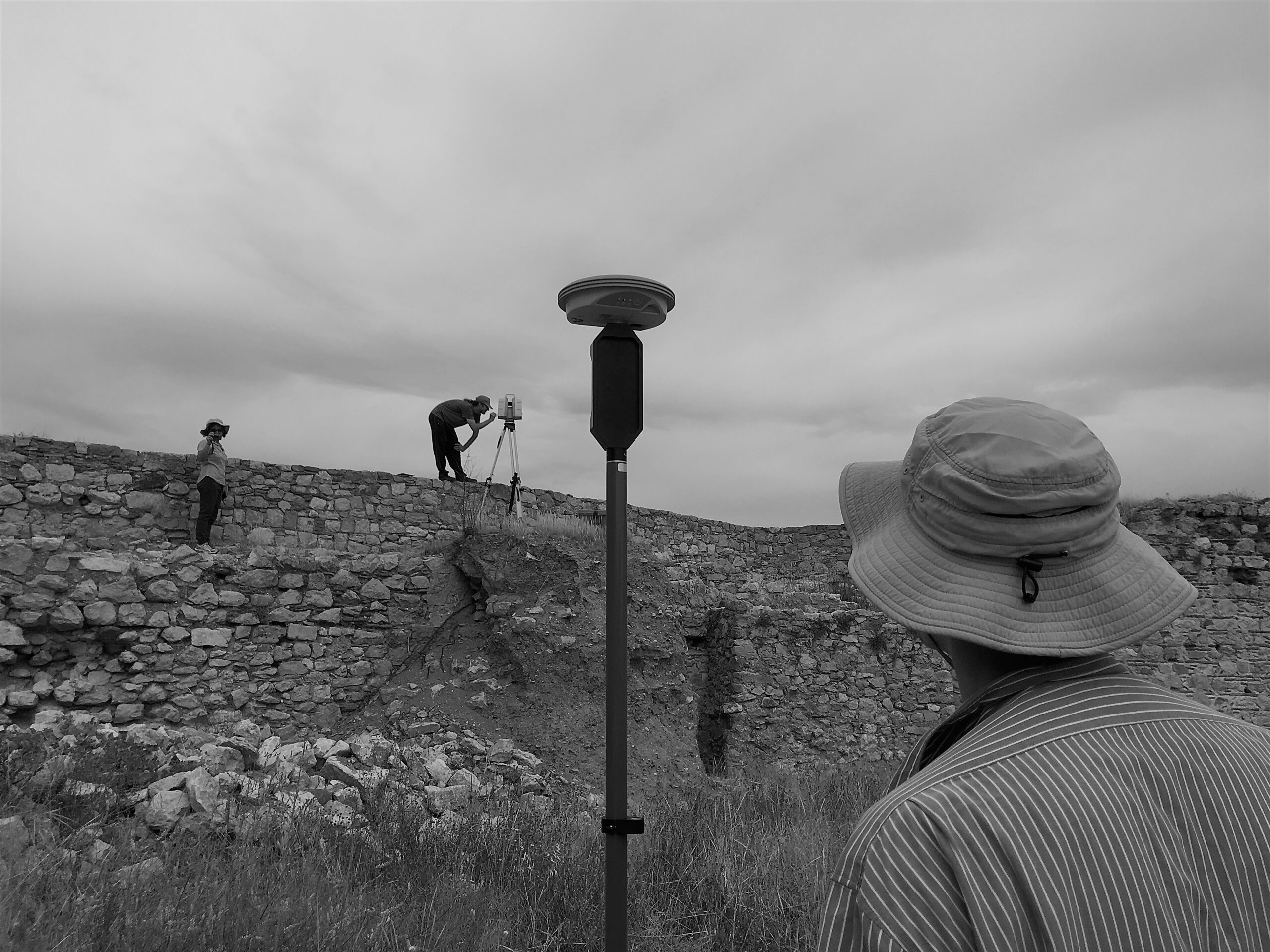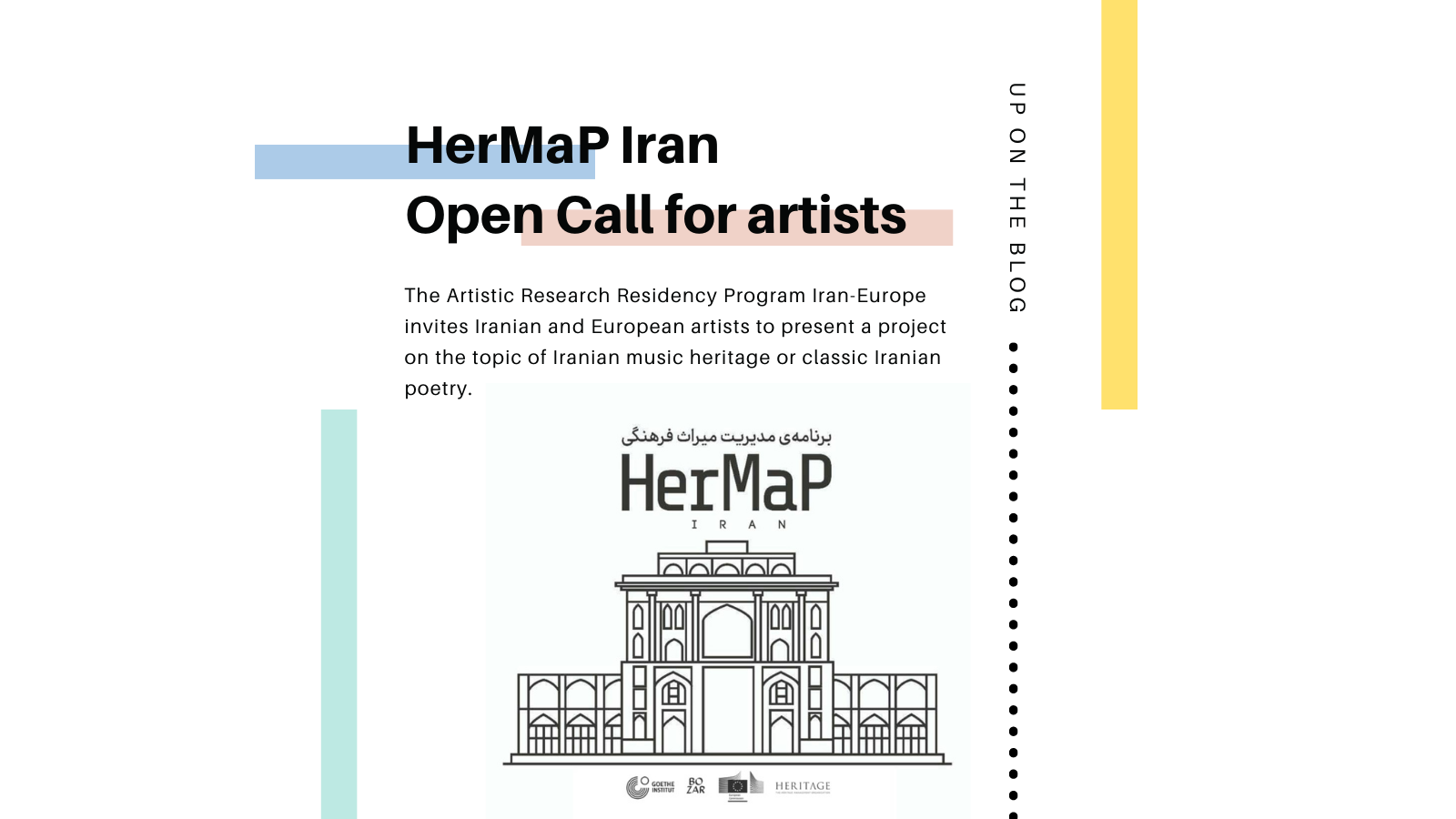
Artistic Research Residency Programme Iran-Europe
In the framework of Cultural Heritage Management Project in Iran
About HerMaP – Cultural Heritage Management Program
“HerMap Iran” is funded by the Directorate General for International Partnerships of the European Commission and lead by The Heritage Management Organization – HERITΛGE (Greece) in partnership with the Goethe-Institut (Germany) and the Centre for Fine Arts Brussels – BOZAR (Belgium). It focuses on the enhancement of the local management of Iranian heritage through training Iranian cultural heritage managers and through an artistic research residency program.
HerMap: Artistic Research Residency Programme
The Goethe-Institut (Germany) and the Centre for Fine Arts Brussels -BOZAR (Belgium) have built an artistic research residency program between Iran and Europe, consisting of the following activities:
- Open Call and project selection;
- Experimental Lab at the Centre for Fine Arts Brussels (BOZAR)-due to the corona situation the lab might be held in digital format, however if the traveling restrictions be removed, the lab will be held as scheduled in Brussels.
- Digital artist in residency program;
- Presentation of the results in Tehran;
- Final encounter at the Centre for Fine Arts Brussels (BOZAR)
The program is organized as a means to preserve and revalue tangible and intangible cultural heritage by creating new ways for its perception, reception and communication. It aims at developing the potential of cultural heritage for new generations by promoting its contemporary reception and knowledge, by linking past and presence.
Open Call-Digital Artistic Research Residency on the topic of Classic Iranian poetry
The Artistic Research Residency Program Iran-Europe invites Iranian and European artists to present a project on the topic of classic Iranian poetry.
The purpose of this project is to focus on proposing creative approaches to enhance the value of the Iranian poetry, in particular the classic Persian poetry in its various forms. In particular, it aims to connect these ancient forms of poetry with contemporary artistic expressions in the most beautiful and permanent manner and, by doing so, reaching a wider audience, especially among the younger generations.
This might contain a spectrum of different types and formats such as:
Studies and research work on poems and poetic works (poetic heritage) aiming at an interdisciplinary dialogue with other artistic forms (music, visual arts, etc.), providing a space for archiving traditional poems of unknown poets, combining these with musical formats, artistic reconstruction of old and oral poetry games, etc.
All projects should have an innovative storytelling dimension by using contemporary artistic formats of research and a community engagement dimension, including co operation with the local artists.
Who can apply?
- Iranian and European artists;
- Interested in works of art related to the fields of Iranian poetry, in particular classic Iranian poetry.
- Taking part in all activities mentioned below;
- Willing to travel abroad; (though in the current health context, travels to Iran and Europe might be difficult or impossible).
- The application can be done individually or in a tandem.
Duration and procedure details
All selected participants will be invited to participate in the following activities: • Experimental-Lab in the Centre for Fine Arts Brussels – BOZAR on June 10 and 11, 2021 – if the Corona situation permits it. The lab provides the opportunity to get professional advices and hints from a group of artists and experts in the field of classic Iranian poetry. This could inspire them to sharpen their approach.
- Digital artist in residency program: Each residency is going to take one month between July and September 2021. The exact time-plan will be sent to the artists after the selection process. Artists should deliver their work at the end of the residency period.
- Presentation of results in November/December 2021 in Tehran, where the productions of each residency will be shown.
- Final encounter: it will take place in the Centre for Fine Arts Brussels – BOZAR in “December 2021” to share all experiences and encourage peer-learning, knowledge sharing and future collaborations.
What HerAiR offers
- Travel and visa costs, accommodation and daily allowance to attend the Artists-Lab in Brussels;
- Technical support and access to a digital project platform;
- Research supported by a team of artists and experts in Iran
- Each residency will be shaped around the individual needs of each successful applicant creating a unique residency opportunity providing a tailored residency program for each successful applicant, to meet and collaborate digitally with local artists and experts.
- Travel and visa costs, accommodation and daily allowance to attend the Final Encounter in Brussels.
- Presentation of the final projects and results in Tehran and Brussels.
Selection Process
- Open call deadline: April 15, 2021;
- The participants will be selected by an artistic committee consisting of 7 experts from Iran and Europe.
- Publication of the final selection of artists: May 2021
Application documents
- Detailed CV;
- Portfolio (including – if available – media links);
- Professional and personal motivation to be part of this project (max. 1 page); • Description of the project, planned for the residency (max. 1 pages); • Two references;
- Passport Copy
- Contact Information
Artists Qualifications
- Minimum 5 years of experience in the field of art
- Age between 24 and 50
- Live and work in Iran or Europe
- Good English skills in order to be able to communicate
FAQs
How do I know you have received my application?
We will acknowledge the receipt of your application via e-mail.
Will the participants need to get visas for Iran/Europe?
Yes, you have to apply for visa. In the current health context, travels to and from Iran are not possible, however if the traveling restrictions be removed by the time and the lab is supposed to be held, you need to apply for the visa to travel.
Can I apply on behalf of someone?
No
Do I need to provide a travel insurance?
Yes
Can I participate in just part of the residency?
No
What are the eligible countries?
EU member states and Iran
When will successful applicants find out?
Approx. one month after the deadline.
What happens if I’m selected for the residency?
We will contact you personally.
I have more questions – who do I contact?
[email protected]
To apply, please send the demanded documents to [email protected] with the subject “application classic Iranian poetry 2021”. Deadline is April 2, 2021.

